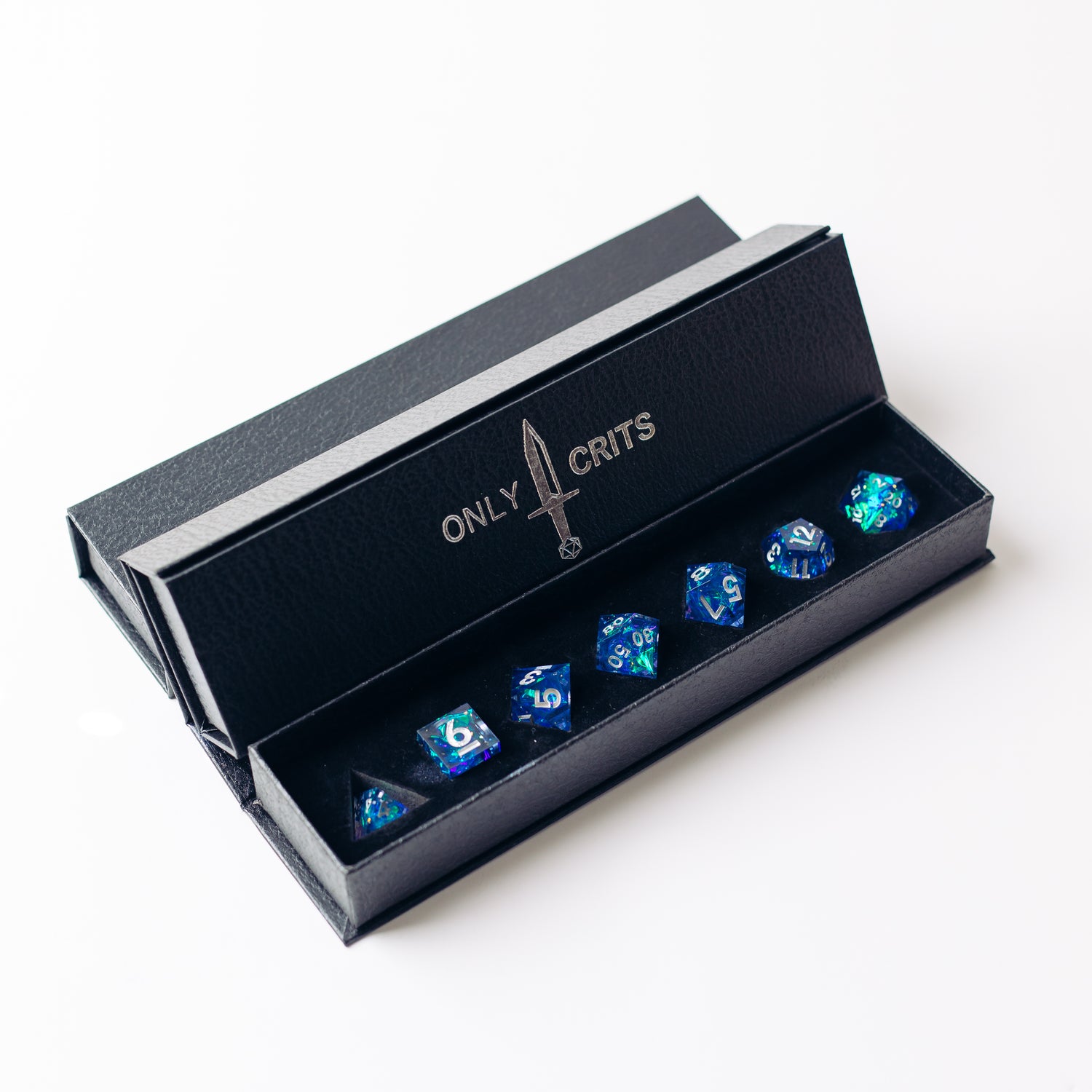On August 16th we're launching a Kickstarter to fund our 5e sourcebook called Guillman's Guide to Speed. Creating a sourcebook has been a new and unique challenge, and one of the exciting parts of this experience is figuring out a design method that we like for our assets. Here, we'll break down the thought process behind our new sourcebook.
Fun First
After getting started on the book, doing a bunch of world building, writing out some lore suddenly the content was taking form before any stats had even been assigned. And stats are where design comes in. The goal with every stat block was to start with an idea, preferably something simple and easy to understand, and then balance the specifics to make sure it wasn't broken. However, it's easy to become lost in the details of the actual stats. From that realisation came the first and most important part of our design process, which is to make sure that whatever goes into the book is fun. We won't include something that ends up being a pain for GMs or players, we won't stat block items or monsters or spells so drastically and specifically that they become no fun to use in game, and if the nugget of an idea doesn't sound like it would actually be fun, it gets cut.
An example of this is the Ring of Lightning Transport, which you can check out here. When we first designed this it did damage to every creature touching the substance that the user moved through, and we also received feedback that, depending on what the substance was, the user might be able to move huge distances very fast. So we had to decide what the priority was for the item, what we believed would make it fun to use, and landed on the movement being its primary function. We drastically reduced the range of the damage, but kept the huge movement, because it's fun.
Single Strong Ideas
The point of this book is to be innovative, and innovation comes from new ideas. In home games it's simple to reskin monsters or mix and match abilities to create new combinations, which is wonderful! But we don't want to release a book of new combinations, we want to create wholly new stuff and the most direct route to that has been fleshing out unique ideas. Thinking up lots of fresh stuff is hard, and it was far more fruitful to take one thought and build an item, monster, feat or spell around that single strong idea than to try and cram a number of half-formed designs into one asset.
Looking at the Speed Demon as an example, the simple idea was that the more it moves the stronger it becomes. Around this idea are the Gathering Momentum, Constant Acceleration and Butterfly Dance traits which incentivize movement by increasing the demon's power as it moves. Single simple idea, supported by the specific traits.
Variety is the Spice of Life
Even though the core of the book is to find new ways to utilize the speed mechanic, if that's all it's about it would get stale. So not only do we want to find different ways to flesh out new speed mechanics, we also wanted to include fresh designs that have nothing to do with speed so that there would be exciting content on every page. Even with the content that is speed related, which is a great deal of it, it's vital not to take one mechanical idea and use it for everything. To drive it into the ground. In short, it's vital to make a variety of content.
It's hard to give a specific example of this for the simple reason that the whole book was made to include a wide variety of assets. We have a new setting with lore, magic items, spells, subclasses, classes, monsters, feats, backgrounds, skill challenges, puzzles, riddles, new mechanics, essentially everything we could think of to include that would help elevate gameplay.
Those are the three basic design tenets that Guillman's Guide to Speed is based on. Obviously the day to day creation of D&D content involves a lot more than thinking up a variety of fun ideas, but in general we can use these pillars to guide our decisions and create a sourcebook we're proud of. And we are incredibly proud of Guillman's Guide to Speed. If you're interested in it or just want to keep track of what's going on with it you can get notifications of when it goes live on this page. And thanks for taking the time to read through this deep dive of a part of our process!


